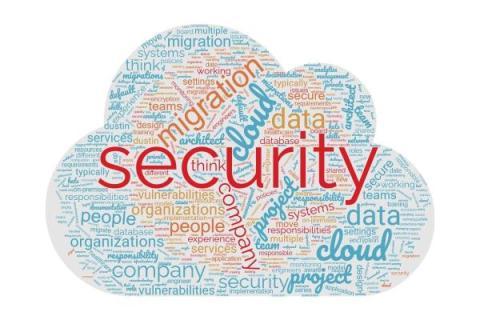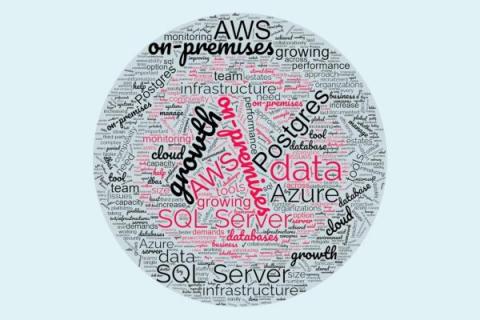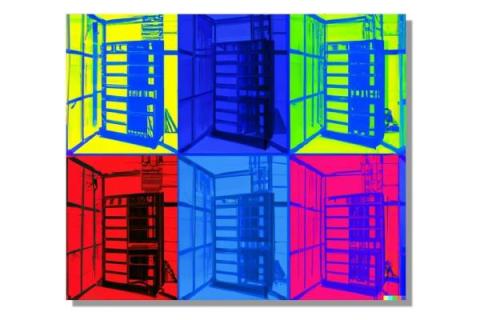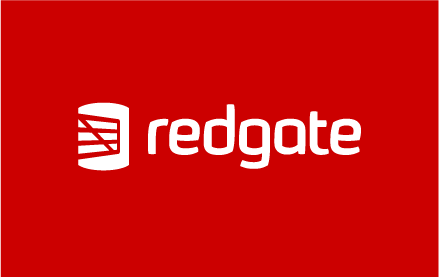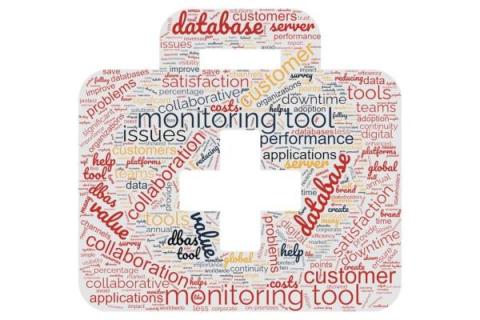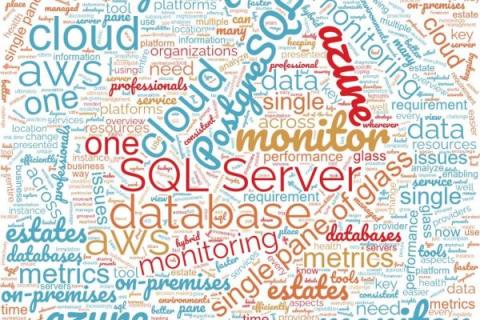Security in the cloud: Whose responsibility is it?
While the cloud is recognized as more secure than on-premises servers and infrastructures, it does come with the often talked about shared responsibility model. Cloud providers are responsible for security ‘of’ the cloud, while their clients are responsible for security ‘in’ the cloud. It’s ‘differently secure’, rather than the traditionally secure organizations have been used to when working with on-premises environments.


